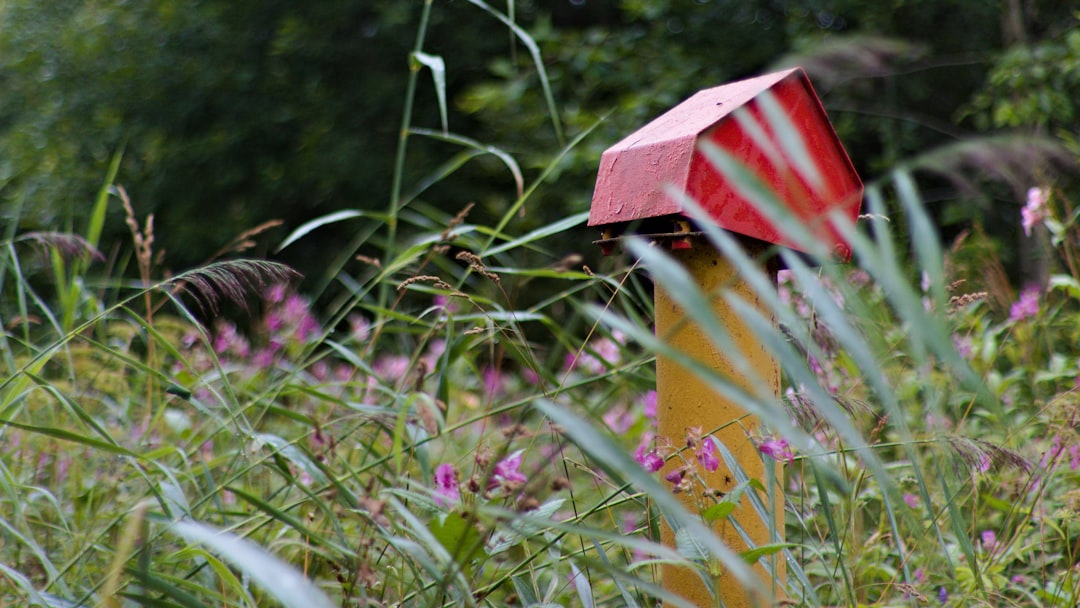The Art of Safe and Effective Tree Removal

In the world of gardening, there are times when we must make the difficult decision to remove a tree. Whether it's an invasive species that threatens the ecosystem, an unsightly specimen that detracts from the beauty of our landscape, or a tree that has been improperly placed and poses a risk, knowing how to kill a tree safely and effectively is an important skill. In this article, we will explore the various methods and considerations for removing trees in a responsible manner.
Before embarking on any tree - removal project, it's crucial to understand the legal implications. In many areas, there are regulations regarding the removal of trees, especially large or protected ones. You may need to obtain a permit from your local municipality or relevant environmental agency. Failing to do so can result in hefty fines. So, start by contacting your local authorities to ensure you are in compliance with the law.
One of the most common methods for killing a tree is the use of herbicides. Herbicides work by disrupting the tree's physiological processes, ultimately leading to its death. There are different types of herbicides available, such as glyphosate - based ones. When using herbicides, it's essential to follow the instructions carefully. First, you need to make cuts or drill holes into the tree trunk. For smaller trees, making a series of downward - angled cuts around the circumference of the trunk, about 2 - 3 inches apart, can be effective. For larger trees, drilling holes at a 45 - degree angle into the trunk, about 2 - 3 inches deep, is a better option. Then, apply the herbicide directly into these cuts or holes. Make sure to wear protective gear, such as gloves and goggles, to avoid any contact with the herbicide.
Another method is girdling. Girdling involves removing a strip of bark all the way around the tree trunk. This disrupts the flow of nutrients and water between the roots and the leaves. To girdle a tree, use a sharp saw or knife to cut through the bark and the cambium layer (the thin layer just beneath the bark). The width of the strip should be at least 2 - 3 inches for most trees. However, girdling may take some time to kill the tree, especially for larger and more resilient species. It can take several months to a year for the tree to fully die.
Cutting down the tree is also an option, but it should be done with extreme caution. If you are not experienced in tree - felling, it's best to hire a professional arborist. They have the necessary equipment and skills to safely cut down a tree. Before cutting, assess the direction in which the tree will fall. Look for any obstacles, such as power lines, buildings, or other trees, that could be damaged during the fall. Also, make sure to clear the area around the tree to ensure the safety of anyone nearby.
After the tree is removed, you need to deal with the stump. Leaving a stump can be an eyesore and may also attract pests and diseases. There are several ways to remove a stump. You can use a stump grinder, which is a machine that grinds the stump down to below ground level. This is a relatively quick and effective method. Another option is to use chemical stump removers, which work by accelerating the decomposition of the stump. However, this method takes longer, usually several weeks to months.
When dealing with shrubs and vines, similar principles apply. For invasive shrubs, herbicides can also be used. For vines, cutting them at the base and applying herbicide to the cut ends can prevent regrowth. If you have a vine growing on a tree, be careful when removing it as it may damage the tree's bark in the process.
In conclusion, caring for trees and shrubs also includes knowing when and how to remove them properly. By following the legal requirements, choosing the right method for the situation, and taking safety precautions, you can safely and effectively eliminate invasive, unsightly, or improperly placed trees and shrubs from your garden. Remember, a well - maintained garden is a balance between preservation and removal, and with the right knowledge, you can achieve that balance.